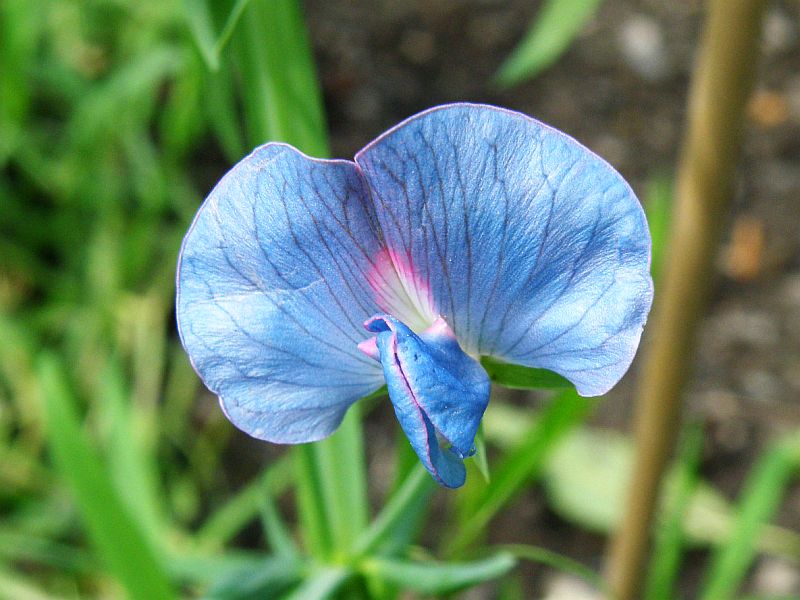RADIM
Year of registration 2010
Bred from the material originated in the White Carpathians by the method of negative selection

Description:
• Annual plants with decumbent stem, having narrow long leaves
• Branched root with nodule bacteria
• White-violet colour of the flower
• Pod with 1–2 cream white seeds
Utilization:
• Pulse crop with high protein content
• Medium content of beta-N-oxalyl-L-alfa, beta-diaminopropionic acid (beta-ODAP): 0,46 g / 100 g of seeds (2006) and 0,47 g / 100 g of seeds (2007)
• Crop for food use (flour, consummation of the whole boiled or roasted seeds)
• Grasspea is suitable as a part of diverse diet, not as regular food
• Both fresh and dry matter can be used for feeding of domestic animals, seeds can be fed in the form of scrap
• Because of high drought resistance, ability of nitrogen fixation of atmospheric nitrogen is suitable for fertilizing sandy and podzolic soils, dumps and for increasing the yields of subsequent crops on arable land
Agronomical characteristics:
• Thermophilous crop
• Sowing in April (because of effective use of the spring soil moisture)
• Sowing rate 150 kg/ha
• Vegetation period according to climatic conditions 120 days on average
• Seed harvest according to climatic conditions in August
• No diseases and pests observed
Possibilities of herbicide protection:
• Preemergent application against dicotyledon weeds: Command 36 CS 0,15–0,2 l/ha, in seed growths – Afalon 45 SC 1–1,5 l/ha
• Postemergent application against dicotyledon weeds: Basagran Super 1,2–1,6 l/ha, Basagran 1,5–2 l/ha
• Postemergent application against monocotyledon weeds: in seed growths – Agil 100 EC 0,5–0,8 / 1,2–1,5 l/ha